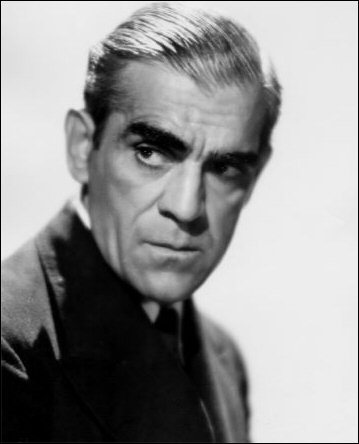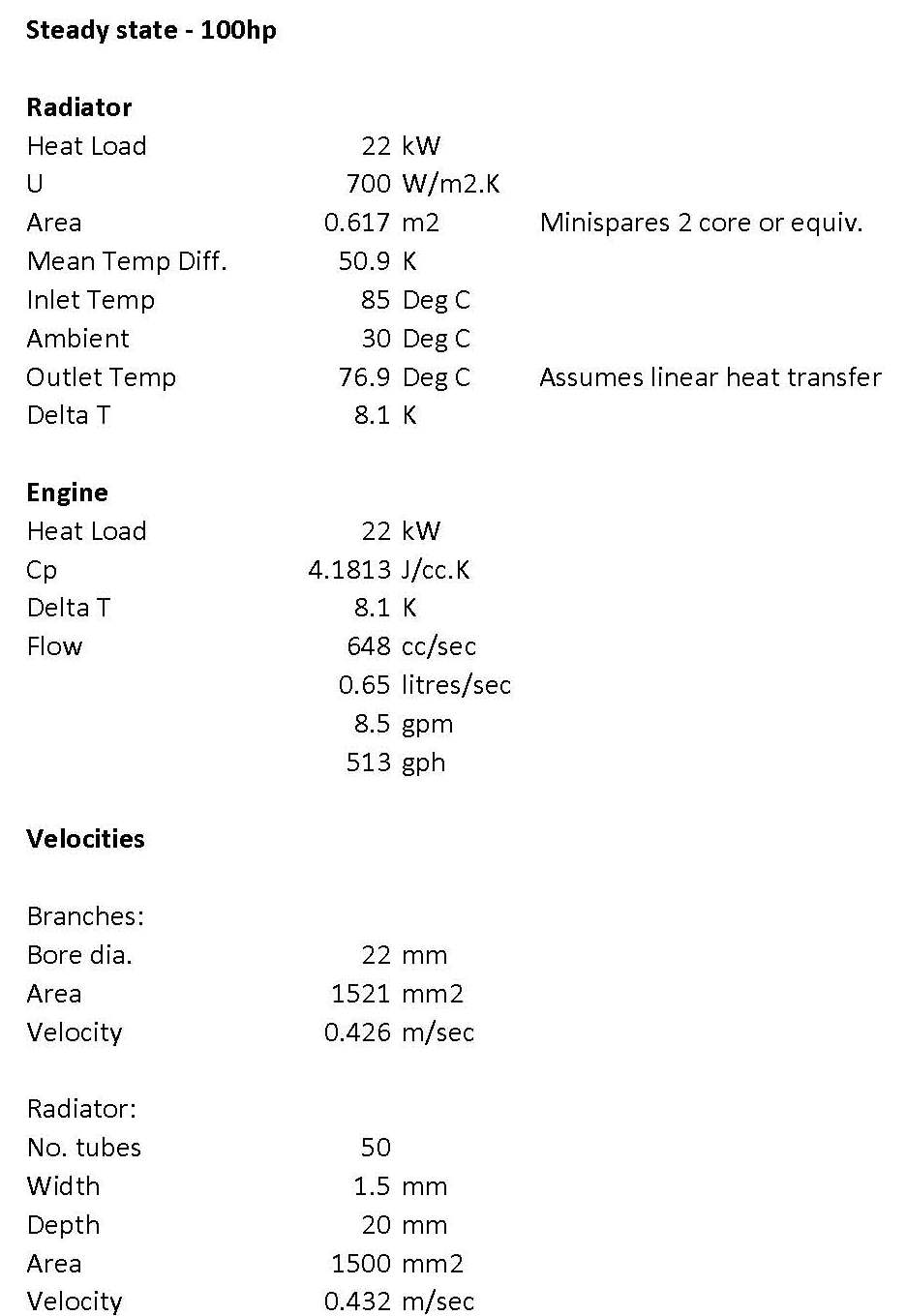| Page: |
| Home > Show Us Yours! > Electric waterpump project | |||||||
|
224 Posts Member #: 9987 Senior Member Amsterdam |
28th Oct, 2013 at 03:32:18pm
Oh my god we've created a monster |
||||||
 684 Posts Member #: 9590 Post Whore Derby |
28th Oct, 2013 at 04:26:29pm
How much power is the fanbelt capable of taking without slipping?
Edited by mw3 on 28th Oct, 2013. Matt W
On 14th Mar, 2012 mw3 said:
Got a nice big delivery from Carl at Force Racing today. |
||||||
 12307 Posts Member #: 565 Carlos Fandango Burnham-on-Crouch, Essex |
28th Oct, 2013 at 04:53:15pm
20 hp would be a big ask, doable with a polly vee belt though. On 28th Aug, 2011 Kean said:
At the risk of being sigged... Joe, do you have a photo of your tool? http://www.turbominis.co.uk/forums/index.p...9064&lastpost=1 https://joe1977.imgbb.com/ |
||||||
|
Forum Mod  5933 Posts Member #: 784 9 times Avon Park Class C winner Milton Keynes |
28th Oct, 2013 at 05:19:10pm
Fuck me.... this is really going ott now I seriously doubt it! |
||||||
 6729 Posts Member #: 618 Post Whore Glasgow |
28th Oct, 2013 at 07:29:54pm
Have to say, whether i think it worthwhile or not, this is one of the first serious tech discussions in a while.....keep it up guys |
||||||
|
388 Posts Member #: 442 Senior Member Manchester |
28th Oct, 2013 at 07:44:06pm
I removed my plastic fan on my boggo 998 and fitted a pacet electric fan. It performed great. Much quicker warm up and kept the temps just where I wanted them. This was on a side mount rad. I deffinatley noticed a pick up in power. Only slight but noticeable.
|
||||||
 2054 Posts Member #: 452 Post Whore Chester, UK |
28th Oct, 2013 at 08:05:02pm
to bring a bit of fun in the convo i love this animation to play with flow :)
|
||||||
|
8604 Posts Member #: 573 Formerly Axel Podland |
29th Oct, 2013 at 05:03:37pm
Some heat balance calculations:
Saul Bellow - "A great deal of intelligence can be invested in ignorance when the need for illusion is deep."
|
||||||
|
248 Posts Member #: 7936 Senior Member DK-8450 Hammel. Denmark |
29th Oct, 2013 at 06:38:46pm
Nice Work Paul S.
If i have more toys than you when i die, I WIN |
||||||
|
8604 Posts Member #: 573 Formerly Axel Podland |
29th Oct, 2013 at 07:01:57pm
No, I'm saying that the engine needs 39 litres/minute to maintain a steady temperature.
Saul Bellow - "A great deal of intelligence can be invested in ignorance when the need for illusion is deep."
|
||||||
 12307 Posts Member #: 565 Carlos Fandango Burnham-on-Crouch, Essex |
29th Oct, 2013 at 07:15:11pm
interesting stuff,
On 28th Aug, 2011 Kean said:
At the risk of being sigged... Joe, do you have a photo of your tool? http://www.turbominis.co.uk/forums/index.p...9064&lastpost=1 https://joe1977.imgbb.com/ |
||||||
|
248 Posts Member #: 7936 Senior Member DK-8450 Hammel. Denmark |
29th Oct, 2013 at 08:01:28pm
On 29th Oct, 2013 Paul S said:
No, I'm saying that the engine needs 39 litres/minute to maintain a steady temperature. If i have more toys than you when i die, I WIN |
||||||
 11046 Posts Member #: 965 Post Whore Preston On The Brook |
29th Oct, 2013 at 08:22:37pm
Im my field of experience, Delta T on heat exchangers for chilled water is normally designed around 6 degrees and hot water around 10 degrees, though there are applications that differ from that, in the main those figures are common. On 26th Oct, 2004 TurboDave16v said:
Is it A-Series only? I think it should be... So when some joey comes on here about how his 16v turbo vauxhall is great compared to ours, he can be given the 'bird'... On 26th Oct, 2004 Tom Fenton said:
Yep I agree with TD........ |
||||||
|
Forum Mod  5933 Posts Member #: 784 9 times Avon Park Class C winner Milton Keynes |
29th Oct, 2013 at 08:41:34pm
On 29th Oct, 2013 Paul S said:
the engine needs 39 litres/minute to maintain a steady temperature. Is that with a fan? If so a standard fan running all the time or an electric fan running only when needed? How did you come to this figure? Please forgive my ignorance but the figures above and what you wrote just confuse the fuck out of me since Im a 'trial and error' type Edited by paul wiginton on 29th Oct, 2013. I seriously doubt it! |
||||||
 690 Posts Member #: 1851 Post Whore Woolavington, Zummerzet |
29th Oct, 2013 at 11:04:03pm
The water pump will be turning faster than the engine speed - the pump pulley is smaller than the crankshaft pulley. Does that affect the calcualtions ?
Metric is for people who can't do fractions. |
||||||
|
8604 Posts Member #: 573 Formerly Axel Podland |
30th Oct, 2013 at 08:46:45am
The calculation is purely an attempt to establish the water flow requirements of the engine. The pump and fan do not come into it at all.
Edited by Paul S on 30th Oct, 2013. Saul Bellow - "A great deal of intelligence can be invested in ignorance when the need for illusion is deep."
|
||||||
|
224 Posts Member #: 9987 Senior Member Amsterdam |
30th Oct, 2013 at 09:45:16am
Paul, I'm afraid there is a slight flaw in your calculations....took me a bit of a while to find it!
On 29th Oct, 2013 Paul S said:
Some heat balance calculations: 
A couple of assumptions, firstly the U value. Numerous websites give different values. 700 seems about right. Secondly, I've assumed that the area of the radiator is the water side. If I include the fins then the Delta T would be better. I've taken the cooling load from the engine at 22kW which is what my simulations say would be required to sustain 100hp. That's enough to cruise at well over 100mph, so is probably as much as you would get in a steady state condition. I've not allowed for any heat loss from the engine/gearbox surface. There would be some depending on engine bay temps. The water flow from the calcs is quite low and the power to pump that around the engine would be less than 1hp! These results are in line with other calcs I've found on the net. The mechanical water pump is no doubt shifting far more than is required at high rpm. It would be sized for a worst case condition and pumps too much under all other conditions. However, I'm starting to think that the load from the mechanical water pump is more drive losses than actual pumping power, particularly with an old pump with too tight a fan belt. Edited by Evoderby on 30th Oct, 2013. |
||||||
|
8604 Posts Member #: 573 Formerly Axel Podland |
30th Oct, 2013 at 10:09:10am
I agree that 22Kw does seem a bit light given the "rule of thumb" guidance.
Saul Bellow - "A great deal of intelligence can be invested in ignorance when the need for illusion is deep."
|
||||||
 690 Posts Member #: 1851 Post Whore Woolavington, Zummerzet |
30th Oct, 2013 at 12:05:15pm
Surely the energy used to drive the turbo is scavenged from the waste heat going out of the exhaust and won't affect the amount of heat absorbed by the cooling system ?
Metric is for people who can't do fractions. |
||||||
|
224 Posts Member #: 9987 Senior Member Amsterdam |
30th Oct, 2013 at 12:29:22pm
Well aren't our engines antiquated either? |
||||||
|
869 Posts Member #: 2443 Post Whore Cheshire |
30th Oct, 2013 at 01:31:33pm
Wow this is a good conversation, and while its been a few years since ive done thermodynamics I cant get out of my head that we would be overlooking the effects of turbulent and laminar flow. It may well be that we are well above the velocities in all aspects of the engine to encourage a high reynolds number and as such good turbulent flow. But if one was to start slowing the pump down to save on HP and slowing flow through could laminar flow occur which would again effect the heat transfer or in simple terms reduce the cooling effect of the coolant and as such require a higher flow through the engine?
|
||||||
|
8604 Posts Member #: 573 Formerly Axel Podland |
30th Oct, 2013 at 03:10:34pm
Come on, you can always find something on the internet to prove an argument:
Saul Bellow - "A great deal of intelligence can be invested in ignorance when the need for illusion is deep."
|
||||||
|
8604 Posts Member #: 573 Formerly Axel Podland |
30th Oct, 2013 at 03:50:05pm
Of course, if I'm wrong and the coolant heat load equals engine output, then a 20 USGpm pump is nowhere near big enough, yet they state that it can handle 250hp :) Saul Bellow - "A great deal of intelligence can be invested in ignorance when the need for illusion is deep."
|
||||||
|
Forum Mod  5933 Posts Member #: 784 9 times Avon Park Class C winner Milton Keynes |
30th Oct, 2013 at 05:08:35pm
I have to say thats all clever stuff - goes way over my head. Looking forward to see if the theory matches Evoderby's practical findings and then also whether it matches mine, Gav's and Chris's findings I seriously doubt it! |
||||||
|
8604 Posts Member #: 573 Formerly Axel Podland |
30th Oct, 2013 at 07:18:27pm
On 30th Oct, 2013 Andy500 said:
Its also possible that the impellor design in the electric pump is far superior and refined than the cheap rough casted effort in the standard pumps. Not so I'm afraid: 
Saul Bellow - "A great deal of intelligence can be invested in ignorance when the need for illusion is deep."
|
||||||
| Home > Show Us Yours! > Electric waterpump project | |||||||
|
|||||||
| Page: |




